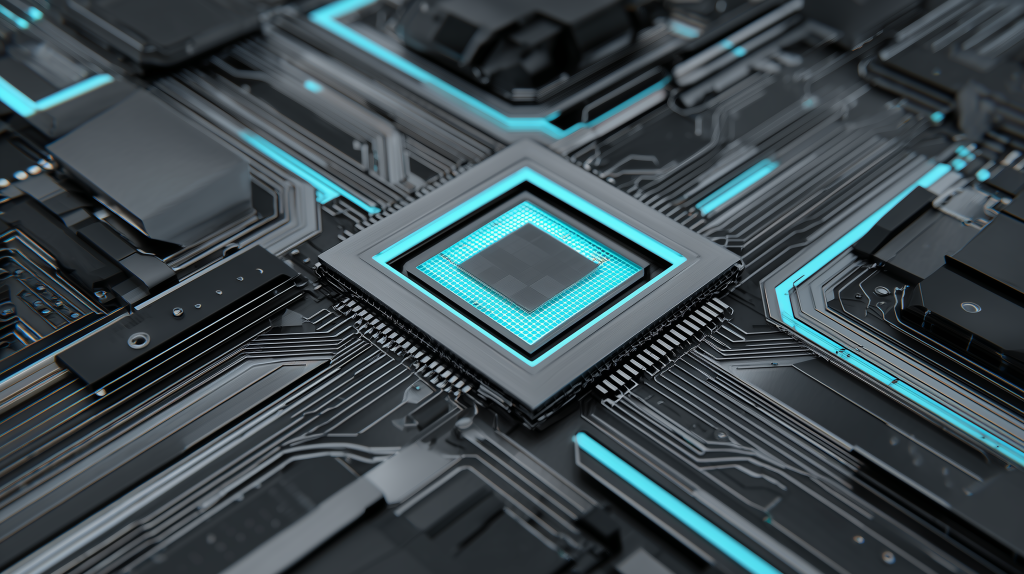Nvidia OpenAI investment fuels $100B data center buildout
By Mario Canario – Technology Editor
September 22, 2025
The problem and the promise
The AI boom needs enormous computing power, and that power is expensive. Nvidia OpenAI investment will channel up to $100 billion into advanced data centers built on Nvidia chips. The promise is clear: faster AI research, stronger cloud systems, and the scale to serve hundreds of millions of users.
Why this investment matters
Nvidia and OpenAI have been at the heart of the AI revolution since ChatGPT launched in 2022. Demand for Nvidia’s GPUs exploded as AI adoption grew worldwide. By pledging up to $100 billion for data center buildouts, the two companies are signaling the next leap in scale.
OpenAI expects to run systems requiring 10 gigawatts of power—the equivalent of 4 to 5 million GPUs. To put it in perspective, that’s double Nvidia’s output last year. This isn’t just a business deal. It is an infrastructure play that could reshape the entire AI economy.
Nvidia stock reacted instantly, climbing nearly 4% in one day. The gain added about $170 billion in value to its already massive $4.5 trillion market cap. Clearly, Wall Street sees this as more than hype—it sees long-term demand for AI chips cemented.

The scale of the Nvidia OpenAI investment
Jensen Huang, Nvidia’s CEO, described the project as “monumental in size.” He’s not exaggerating. Building just one gigawatt of AI data center capacity costs $50–60 billion, and Nvidia systems typically account for $35 billion of that.
OpenAI is planning 10 gigawatts. Do the math, and you begin to see why $100 billion is only the beginning. The first wave of infrastructure, powered by Nvidia’s next-gen Vera Rubin systems, is scheduled to come online in late 2026.
OpenAI CEO Sam Altman reinforced the stakes. “We have to do great AI research. We have to make products people want. And we have to solve this infrastructure challenge,” he said.
Nvidia and OpenAI: A symbiotic loop
This partnership isn’t new. When OpenAI launched ChatGPT, it depended on Nvidia GPUs. That demand helped Nvidia cement its position as the dominant AI chipmaker.
As Bryn Talkington of Requisite Capital Management noted:
“Nvidia invests $100 billion in OpenAI, and OpenAI turns it back to Nvidia. This looks like a virtuous cycle for Jensen.”
It’s a loop that keeps strengthening. OpenAI builds tools. Users flock to them. More GPUs are needed. Nvidia supplies them, profits, and reinvests in even more capacity.
The competition in AI chips
Nvidia dominates the AI GPU market, but the landscape is shifting.
- AMD: Developing high-performance accelerators aimed at undercutting Nvidia’s pricing.
- Cloud providers: Microsoft, Google, and Amazon are all designing custom AI chips to reduce dependency.
- Startups: Companies like Biren Technology and MetaX are racing to build specialized processors.
Still, Nvidia holds the upper hand. Its hardware is tightly integrated with CUDA, its software ecosystem, making it harder for rivals to dislodge.

Microsoft and other partners
Microsoft remains a critical partner for OpenAI. Its Azure cloud is already infused with OpenAI’s models, and this Nvidia OpenAI investment complements that strategy. Oracle, SoftBank, and the Stargate project are also part of the larger infrastructure web.
Altman emphasized that Nvidia and Microsoft are “passive investors” but also two of OpenAI’s “most critical partners.”
This layered approach shows how OpenAI is spreading its infrastructure bets while still leaning heavily on Nvidia for the chips that matter most.
Comparing Nvidia’s recent bets
This isn’t Nvidia’s only big play. In recent weeks:
- A $5 billion stake in Intel was announced, signaling closer collaboration on AI processors.
- Nearly $700 million was invested in U.K. startup Nscale to accelerate data center design.
- Over $900 million was spent acquiring staff and licenses from AI startup Enfabrica.
By comparison, the Nvidia OpenAI investment dwarfs all of these. It signals not just growth, but a redefinition of scale.
Risks and challenges
No deal this big is risk-free.
- Power demand: 10 gigawatts is an immense draw. Sourcing clean, reliable energy will be critical.
- Chip supply: Nvidia’s supply chain must scale smoothly to avoid shortages.
- Competition: If AMD or a cloud provider gains traction, margins could shrink.
- Cost pressure: With each gigawatt priced at $50–60 billion, overruns are a real possibility.
Quick table: Nvidia OpenAI investment in numbers
| Metric | Estimate | Context |
| Investment size | $100B | Largest Nvidia commitment ever |
| Power capacity | 10 GW | Equals 4–5M GPUs |
| Cost per GW | $50–60B | $35B Nvidia chips per GW |
| Launch date | 2H 2026 | Next-gen Vera Rubin systems |
| OpenAI users | 700M weekly | Requires massive scaling |
Why this is a turning point
The Nvidia OpenAI investment isn’t just a financing round. It is the blueprint for AI infrastructure for the next decade.
Altman hinted that users should “expect a lot” in coming months. That expectation, backed by Nvidia’s chips, is what makes this partnership unique. It’s not just scale. It’s a marriage of research, product adoption, and infrastructure buildout happening all at once.

RedBird for local businesses in Milwaukee
Big tech deals can feel distant, but the lesson applies locally too. Businesses in Milwaukee and across Wisconsin depend on data, cloud, and secure IT. Scaling infrastructure isn’t only for giants like Nvidia and OpenAI—it’s also for mid-size firms that need to grow without breaking their systems.
At RedBird Technology Solutions, we’ve been helping Wisconsin businesses modernize for over 25 years. If you’re in Milwaukee and want to explore how to future-proof your IT setup, reach out for a free consultation.
FAQs
Q1: What is the Nvidia OpenAI investment?
It is a plan for Nvidia to invest up to $100 billion in OpenAI, funding AI data centers built on Nvidia chips.
Q2: How big is the project?
The project covers 10 gigawatts of power capacity, equal to 4–5 million GPUs, and costs $50–60 billion per gigawatt.
Q3: When will it launch?
The first phase is expected in the second half of 2026 with Nvidia’s Vera Rubin systems.
Q4: Why is Nvidia investing so much?
Because OpenAI is one of the largest GPU buyers, and the cycle of research, product use, and infrastructure fuels Nvidia’s growth.

Q5: Who else is involved?
Microsoft, Oracle, SoftBank, and others are partners. Nvidia remains the main chip supplier.
Sources
